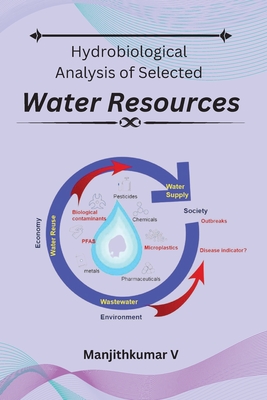
Hydrobiological analysis of selected water resources
Description
Hydrobiological analysis is a method used to evaluate the quality and quantity of aquatic life in water resources such as lakes, rivers, and streams. This analysis is critical in identifying changes in the ecosystem that can affect the biological, physical, and chemical characteristics of water resources.
The analysis begins with the collection of water samples from the selected water resources. The samples are taken to a laboratory where a range of tests are conducted. These tests include measuring the pH, temperature, and oxygen levels of the water, as well as the presence of nutrients, metals, and other pollutants that can affect the quality of aquatic life.
Additionally, biological assessments are conducted to identify the types and quantities of organisms present in the water, including bacteria, algae, and aquatic plants. These assessments provide valuable information about the health and diversity of the ecosystem.
Hydrobiological analysis is a critical tool for understanding the impact of human activities on aquatic ecosystems. Human activities such as agriculture, industry, and urbanization can result in increased levels of pollutants and changes in the ecosystem that can lead to a decline in the health and diversity of aquatic life.
Through hydrobiological analysis, scientists can identify the sources of pollution and develop strategies to reduce or eliminate them. For example, if high levels of nitrogen and phosphorus are found in a water resource, this could indicate the presence of agricultural runoff. To mitigate this problem, farmers could implement practices such as reducing fertilizer use and planting cover crops to reduce nutrient runoff.
Hydrobiological analysis also plays a critical role in monitoring the effectiveness of conservation efforts. For example, if a water resource has undergone restoration efforts, hydrobiological analysis can be used to determine if the health and diversity of aquatic life has improved.
In conclusion, hydrobiological analysis of selected water resources is a crucial tool for understanding the health and diversity of aquatic life and identifying the impacts of human activities on ecosystems. This analysis provides valuable information that can be used to develop strategies for reducing pollution and improving the health and sustainability of water resources.
